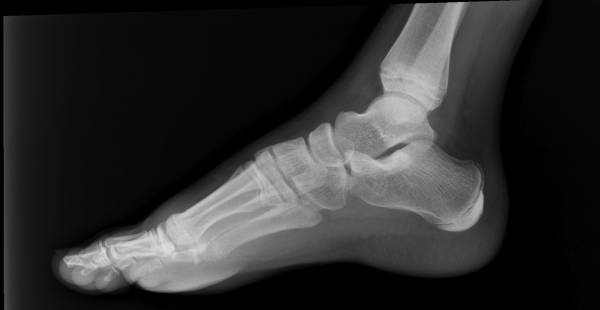Sever’s disease is a common painful complaint among children aged approximately 7-15 years old. It occurs as the bones grow, usually during “growth spurts”, whereby the muscles get stretched and tug on the bones where they attach. In the heel, the pain that is caused from the Achilles tendon pulling on the back of the foot is called Sever’s disease. The pain is most often caused by inflammation but in severe cases the bone in the heel can occasionally be pulled away.
Sever’s disease can last for up to 2 years while the bones continue to grow and place a stretch on the muscle. However, the pain will go away naturally over time. Most cases of Sever’s disease last between 6-12 months, with the possibility of re-aggravation if another growth spurt occurs.
Physiotherapists are able to accurately diagnose Sever’s disease and treat some of the underlying causes of pain. Treatment can include:
– massage to decrease tension in the affected muscles
– ice to decrease inflammation of the affected area
– heel wedges or orthotics to decrease the amount of tension on the bone during activity
– activity modification may be required to allow the heel to rest and recover
– stretching to improve the length of the muscles and therefore decrease tension and stress on the heel


